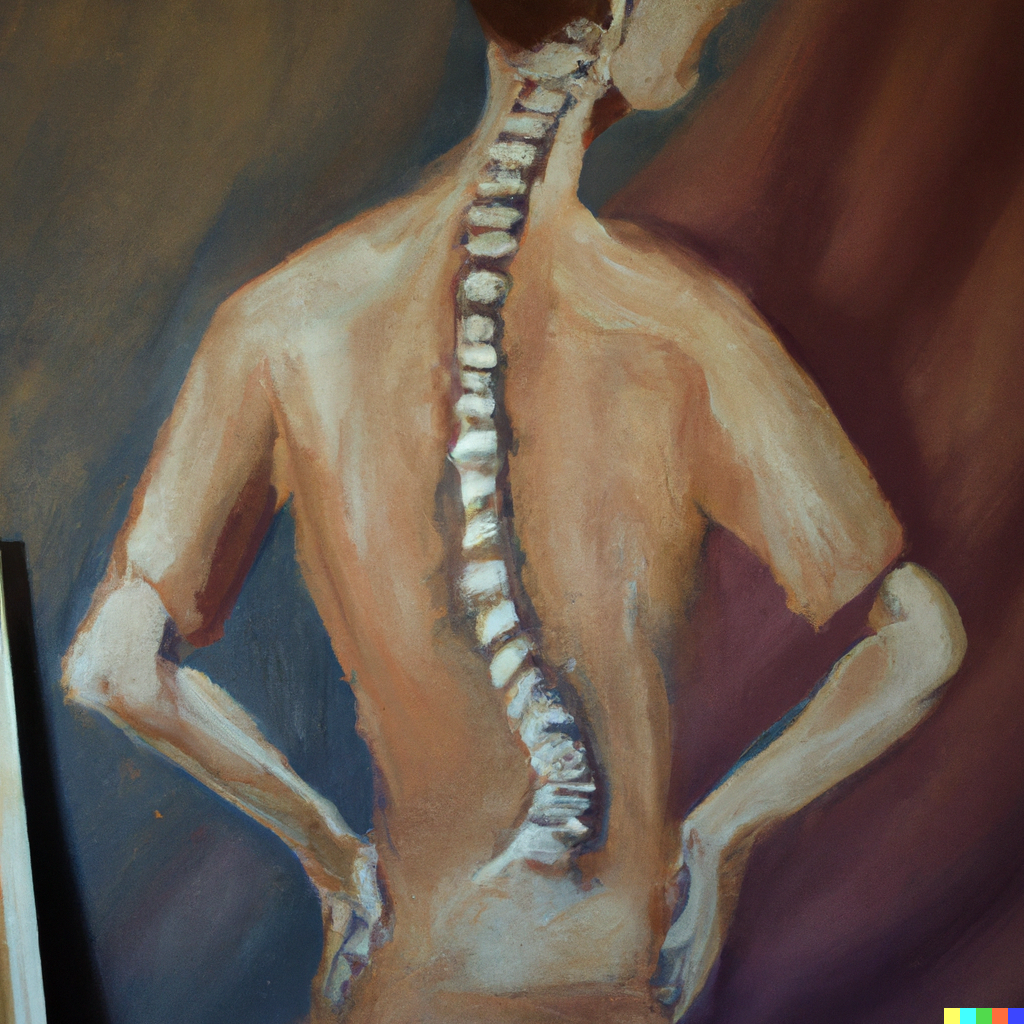
Degenerative Spine Disease
Simply put degenerative spine disease is aging of the spine. As we get older, our spines get older and become less flexible. Think of when you were a kid, you probably could easily flip over and turn, twisting your spine, with no noticeable consequences. But as we get older, that flexibility of the spine is lost.
Treatment of Degenerative Spine Disease
Treatment of a degenerative spine disease depends on the specific patient presentation and the extent of the spine degeneration. Treatments for degenerative spine disease includes surgical and non surgical treatment options.
The spine is made up of bones called vertebrae. The human spine has 33 vertebrae including 5 that are fused to form sacrum and 4 that form the tailbone. The remaining vertebrae are connected by cushions made of spongy protein and cartilage called the intervertebral discs. Degenerative spine disease results from aging of these discs, typically as a result of wear and tear over time. A common way to describe it, it to think of intervertebral discs like shock absorbers in a car. When the shock absorbers are damaged, the springs bear the load, and the frame sees excessive wear and tear.
Degenerative spine disease could manifest in different ways. You might often hear the expression herniated disc. A herniated disc is also called slipped or ruptured disk, it occurs when the soft interior of a spinal disc pushes out through its hard exterior. The inside of the spinal discs called the nucleus are made of a squishy jelly that cushion the space between individual vertebrae. The outside of the disks called annulus are hardened to prevent the soft cushioning from leaking out.
However, when this happens usually due to wear and tear, there is loss of cushioning in between the vertebrae which can aggravate the nerves in the spine causing weakness or tingling in the arms and legs sometimes referred to as pinched nerve. This can be caused by a sudden movement or excessive strain, but usually happens over time.
Degenerative spine disease could also manifest with spinal stenosis or tightness of the spinal canal that typically contains the spinal cord or the spinal nerves. This occurs when tissue overgrowth or osteophytes (bone spurs) build up around the spinal nerves. In severe cases, this can compress nerves and cause back pain and difficulty walking.
Symptoms
General symptoms of degenerative spine disease include pain and discomfort. The pain can be chronic or acute. The pain can feel as bad as a broken bone in severe cases. Sometimes, significant degeneration of the spine can lead to nerve damage and can affect mobility, and may cause weakness, loss of sensation, numbness, as well as bladder control, bowel, and sexual dysfunction.
With spinal cord compression in the neck, patients can also have trouble using their hands for fine motor functions such as fastening of buttons and jewelry clasps. Also, some may have difficulty walking or balancing.
Risk Factors
Age: the leading factor for degenerative spinal disease.
Smoking: significantly accelerates degeneration and can affect bone health.
Genetics: family history also plays a role, especially in how quickly the joints wear down.
Lifestyle: Factors such as obesity which puts extra stress on the joints and smoking which damages the cartilage, increase the risk of degenerative spine disease.
Physical Stress: Excessive stress or strain on the back and/or neck for example in people doing manual labor, playing sports, or frequently carrying heavy things increases the risk.
Diagnosis of Degenerative Spine Disease
A detailed medical history and physical examination are the first steps in evaluating degenerative spine disease. Your physicians will typically obtain one of the following tets:
• X-rays
• Magnetic resonance imaging (MRI)
• Computed tomography (CT) scans